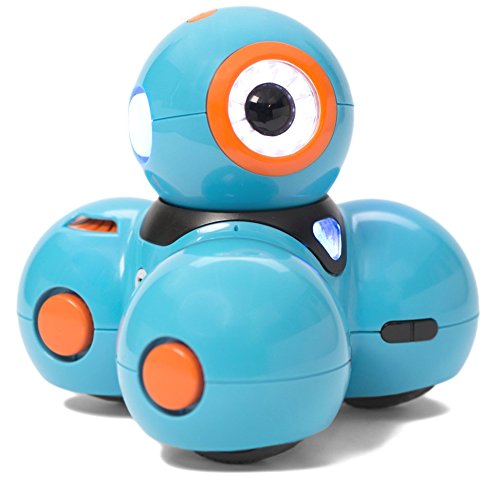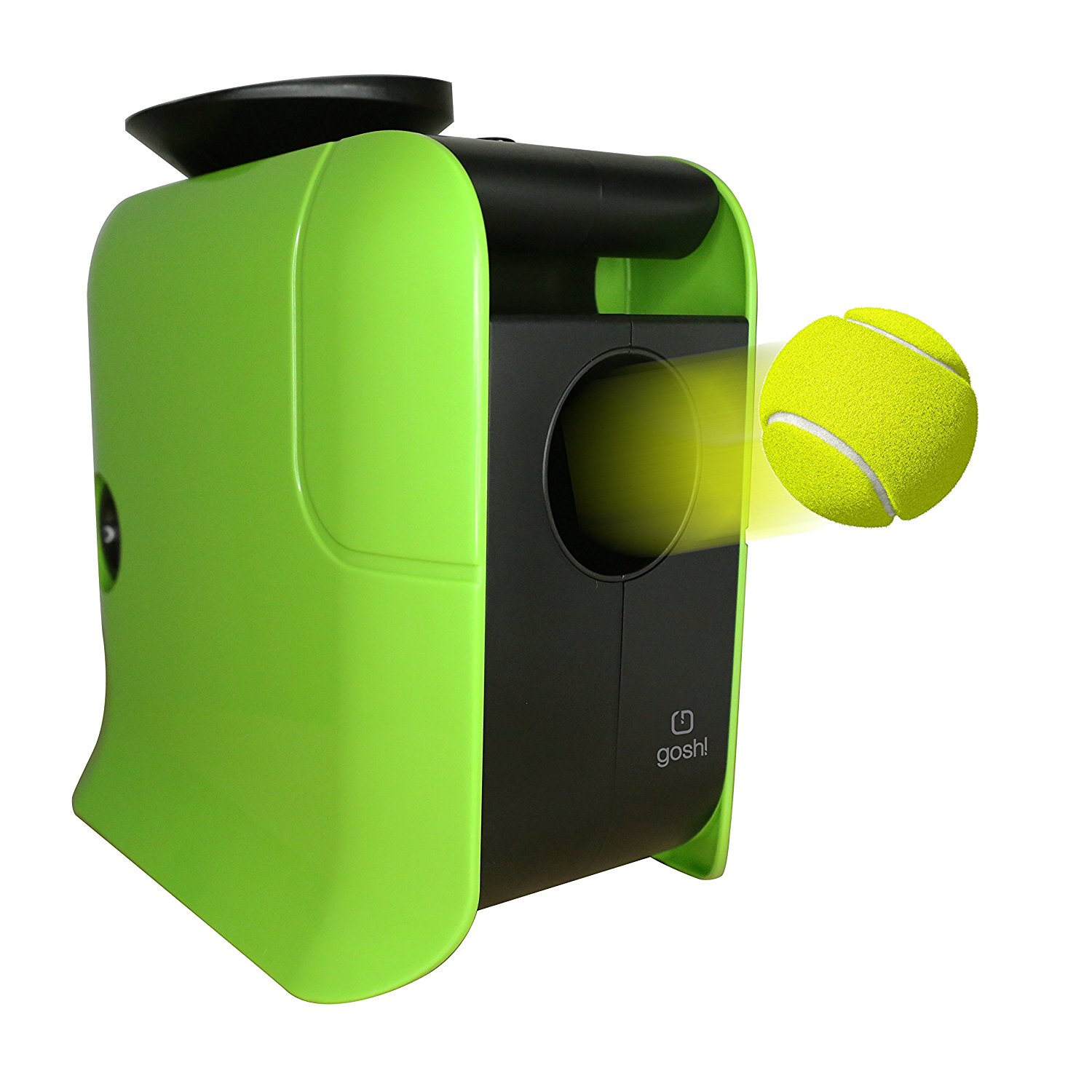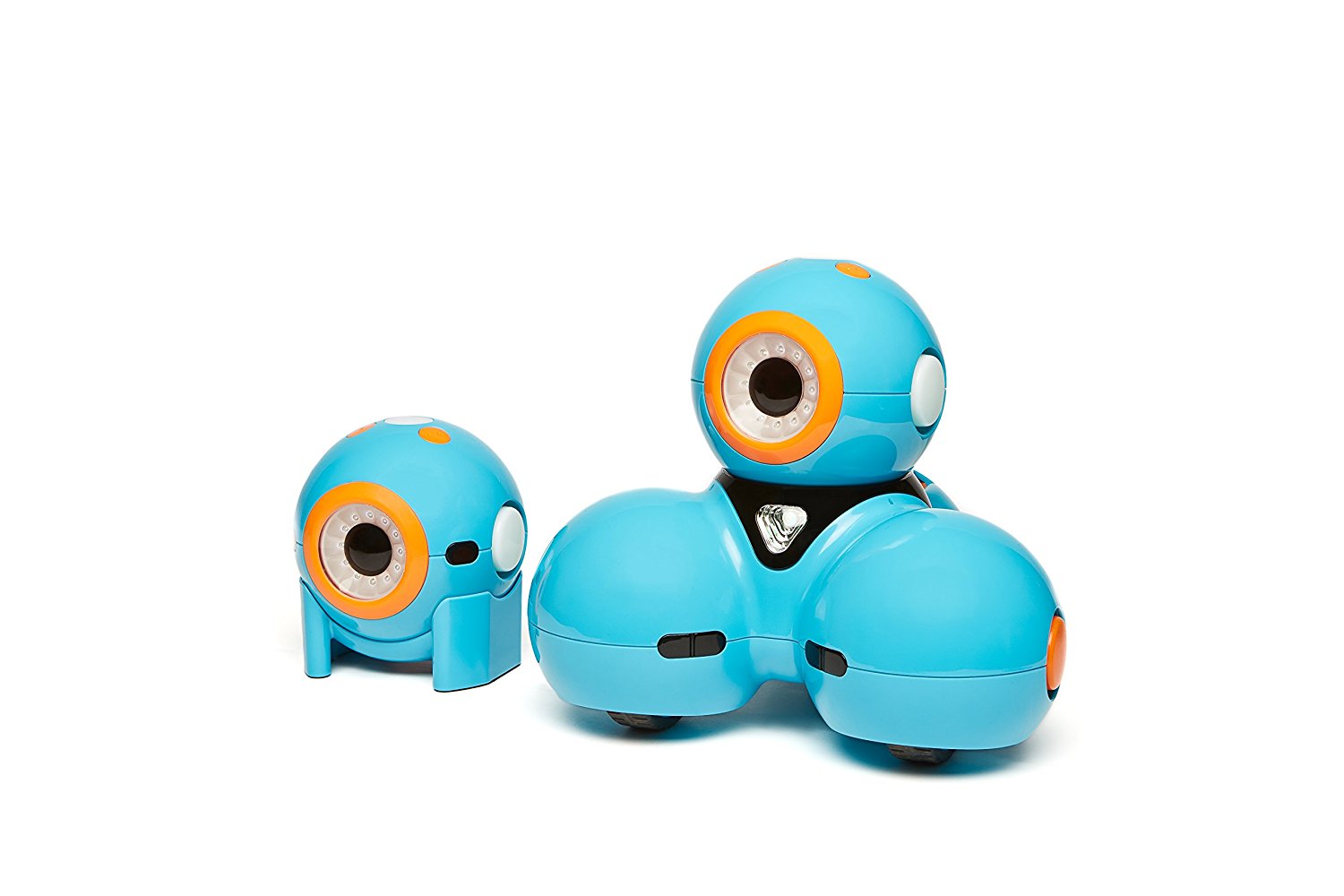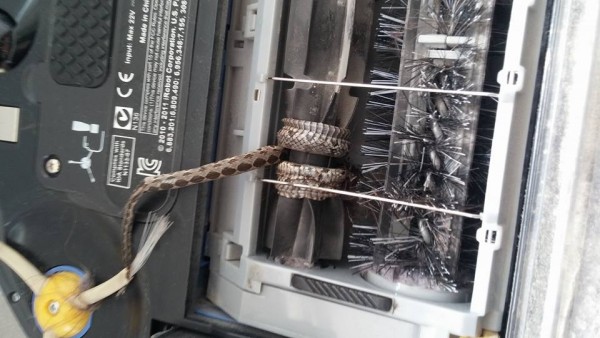The MIT researchers who worked on this concept must have had octopi in mind, as there are a lot of similarities between the phase-change material and the way these creatures turn from forceful bodies into liquid-like forms.
While some geeks might like octopi, it’s a certainty that a greater number of them liked Terminator 2, where Robert Patrick’s T-1000 changed his appearance from a human form to a liquid-like thing that goes through jail bars. Being able to bend into shape just to regain the strength and tackle a particular situation in the shape couldn’t have been conceived until now, all that being nothing more than special FX. Yet, researchers at MIT mean to prove that creating such a material is possible, and that the resulting robots could have a lot of applications.
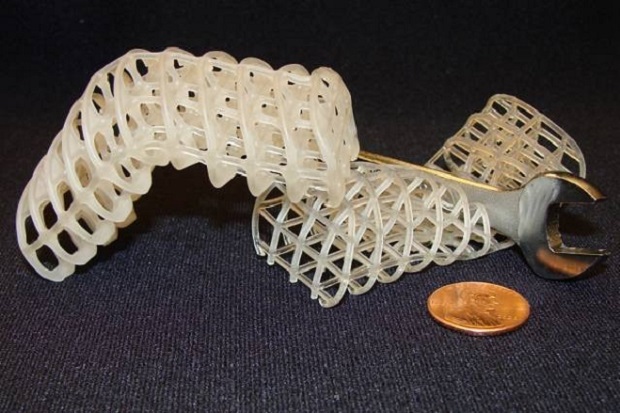
In the above image, you can see the material developed by the MIT researchers in both of its solid and soft states. MIT’s Prof. Anette Hosoi explained what would happen if robots maintained their soft state while trying to handle solid objects: “You can’t just create a bowl of Jell-O, because if the Jell-O has to manipulate an object, it would simply deform without applying significant pressure to the thing it was trying to move.”
Hosoi also emphasized the advantages that a malleable robot would have over its ever solid counterparts: “If you’re trying to squeeze under a door, for example, you should opt for a soft state, but if you want to pick up a hammer or open a window, you need at least part of the machine to be rigid.”
Besides Hosoi, others involved in the research included her former graduate student Nadia Cheng, Germany’s Max Planck Institute for Dynamics and Self-Organization, and Stony Brook University in New York. With so many bright minds at work, it’s obvious that things will progress rather quickly.
Carmel Majidi, assistant professor of mechanical engineering in the Robotics Institute at Carnegie Mellon University, who wasn’t involved in the research for the phase-change material, pointed out that “But for a lot of robotics tasks, reversibly tuning the mechanical rigidity of a joint can be just as important. This work is a great demonstration of how thermally controlled rigidity-tuning could potentially be used in soft robotics.”
Be social! Follow Walyou on Facebook and Twitter, and read more related stories about the Google Project Tango smartphone that will empower robots aboard the ISS, and Stubby, the Stargate-SG1 inspired hexabot that you can build at home.


